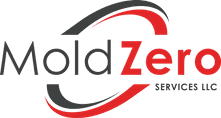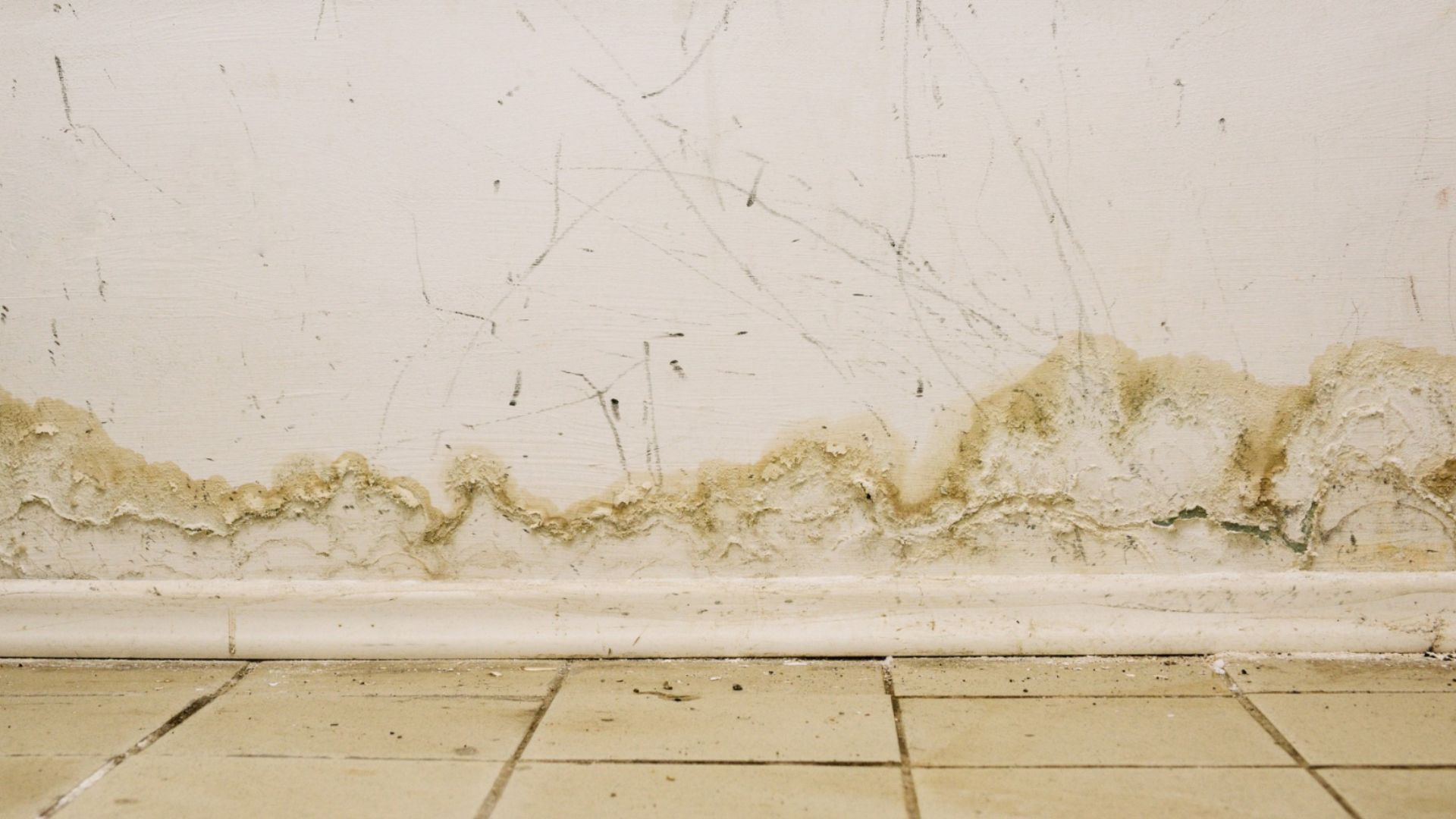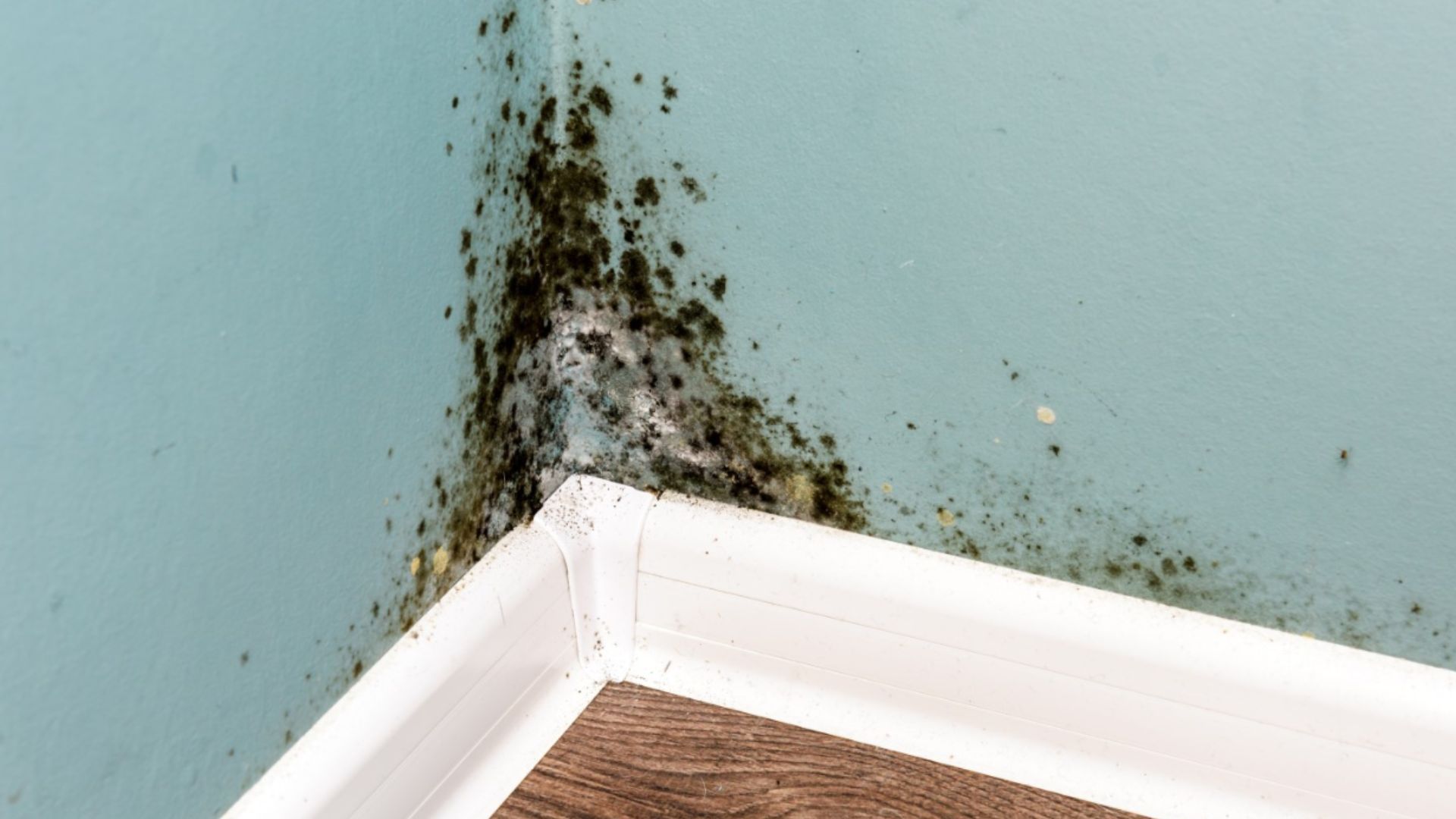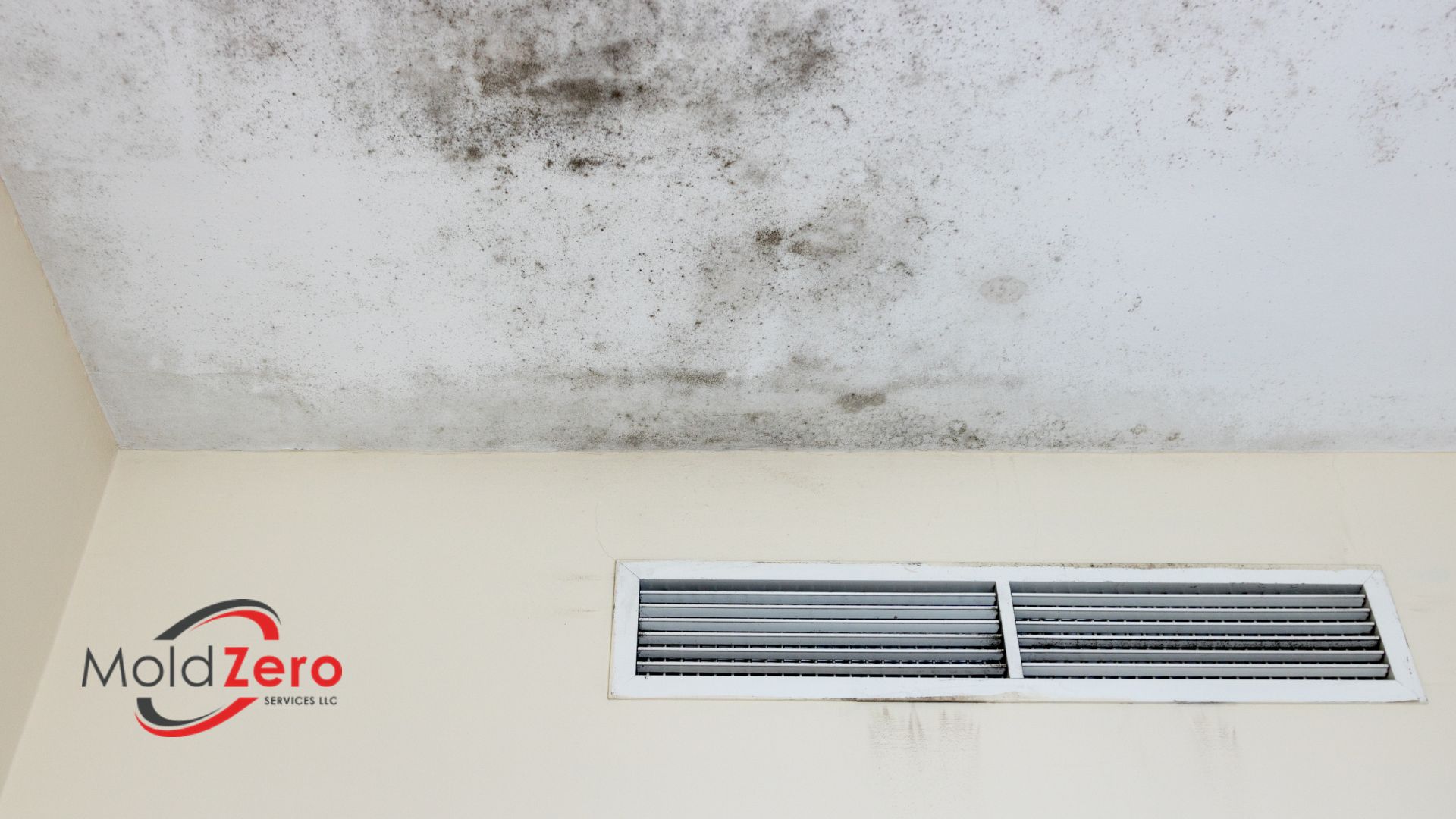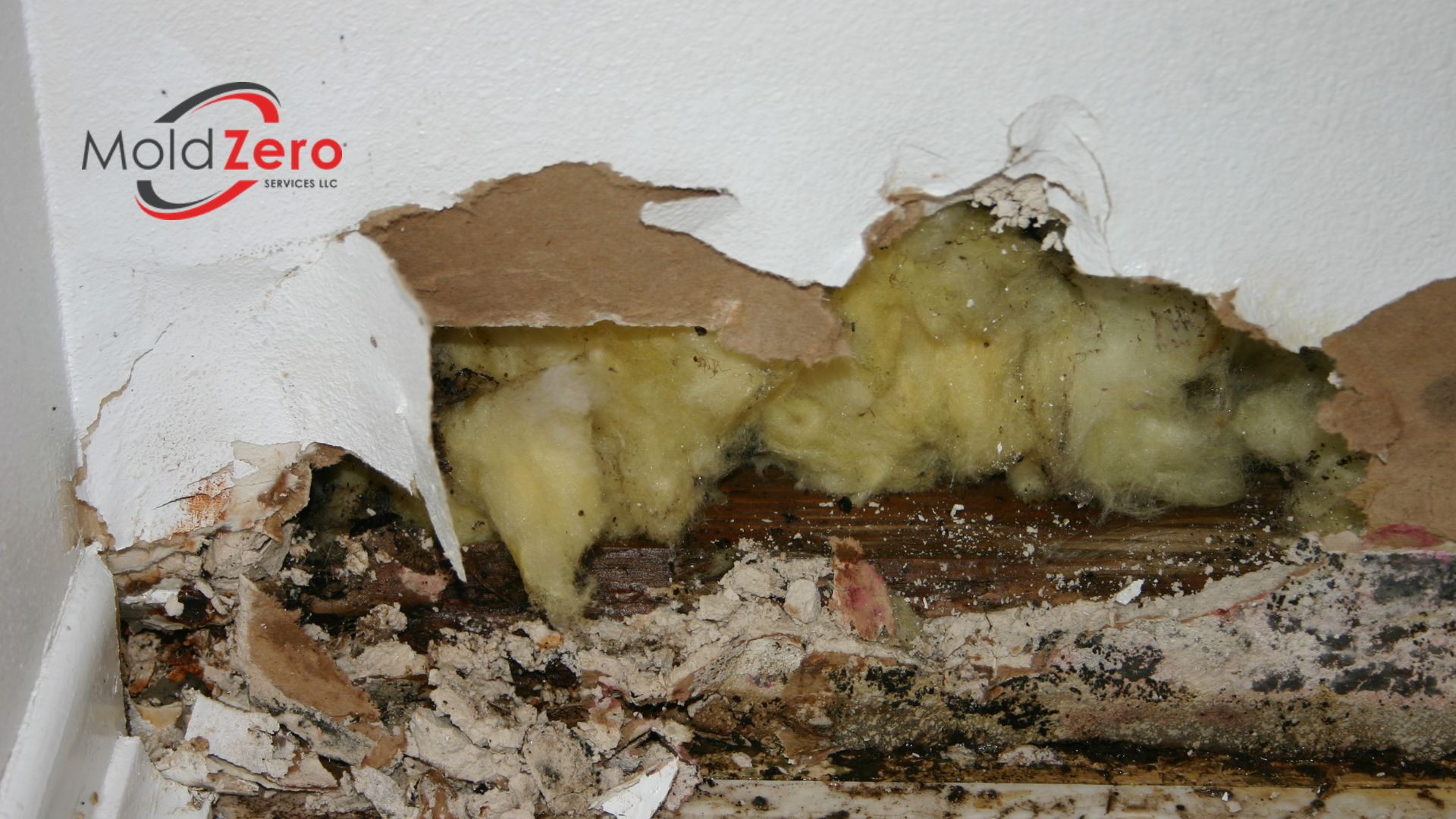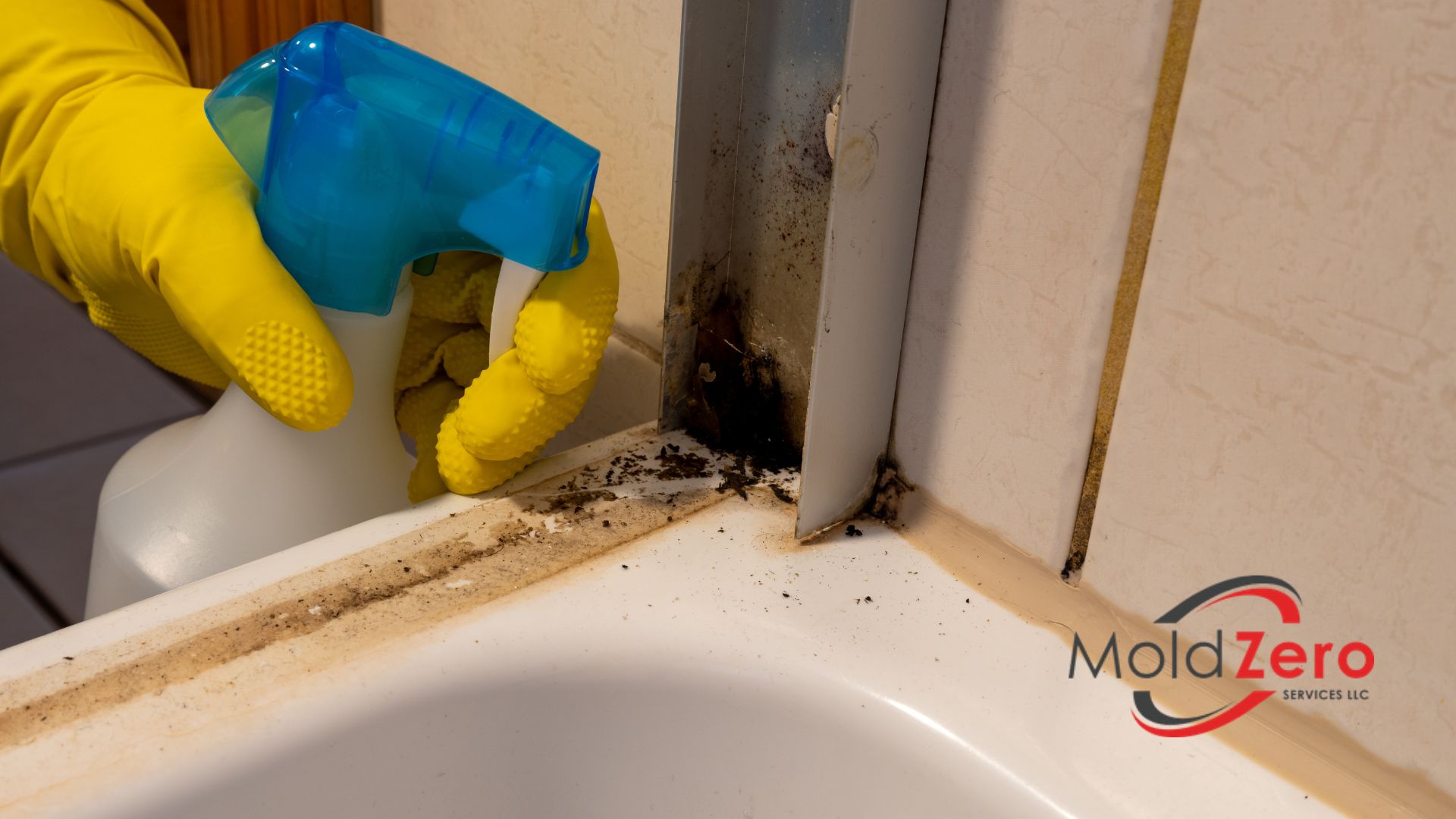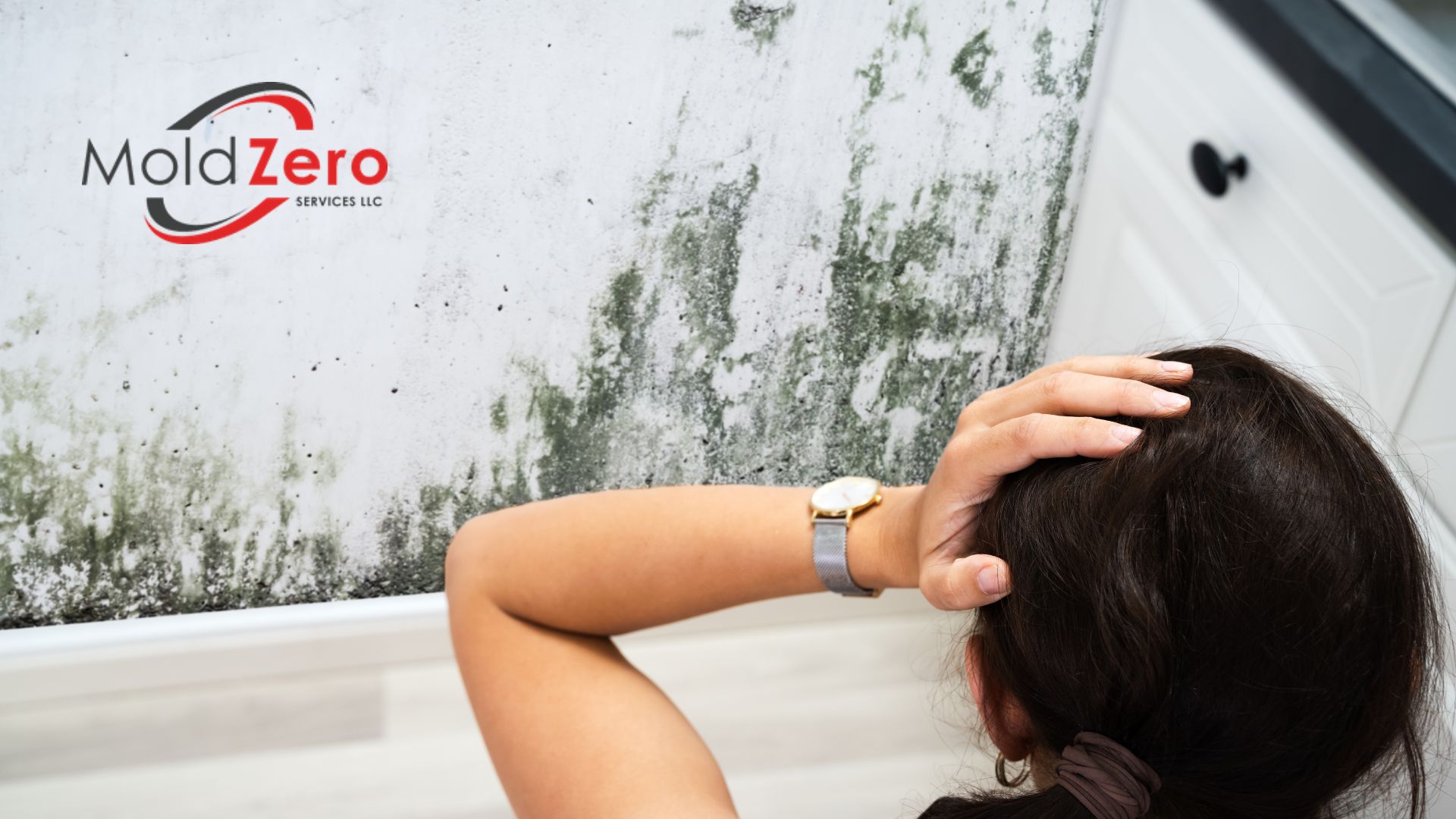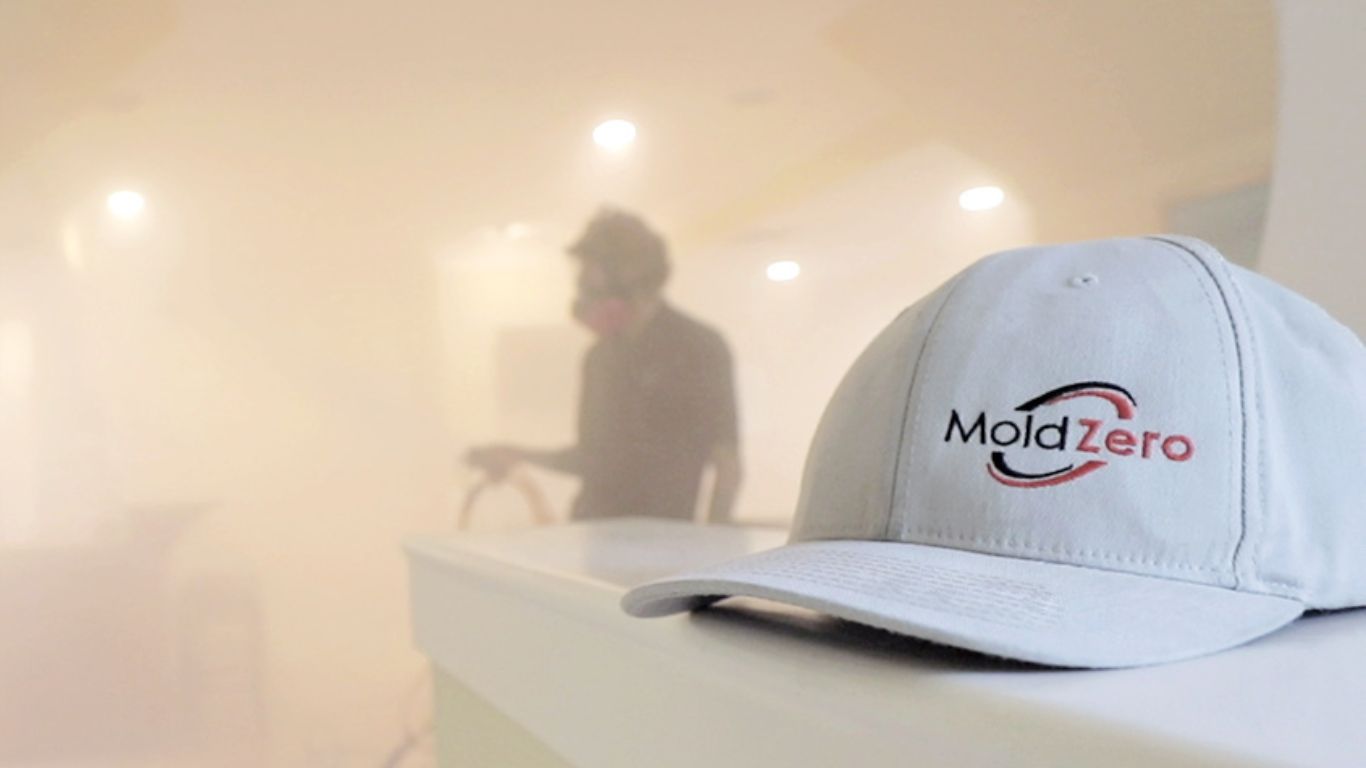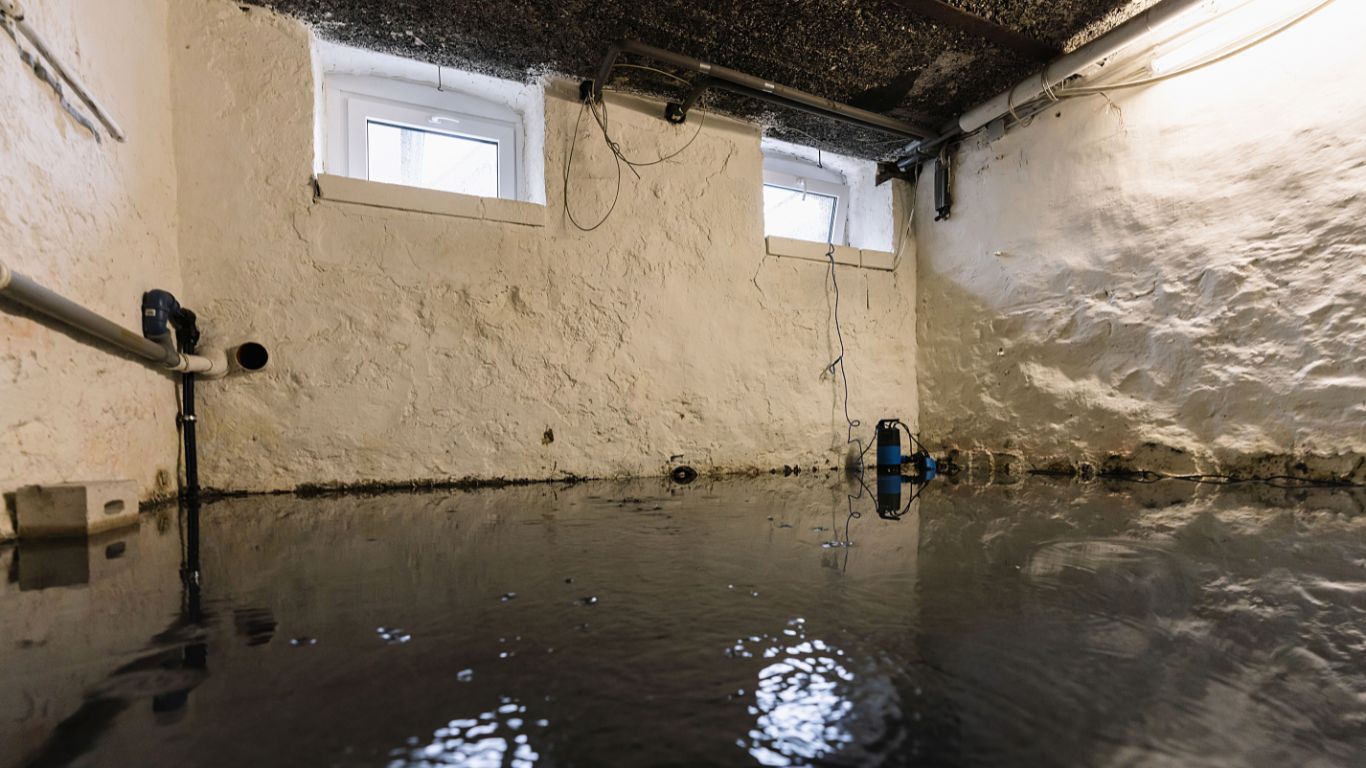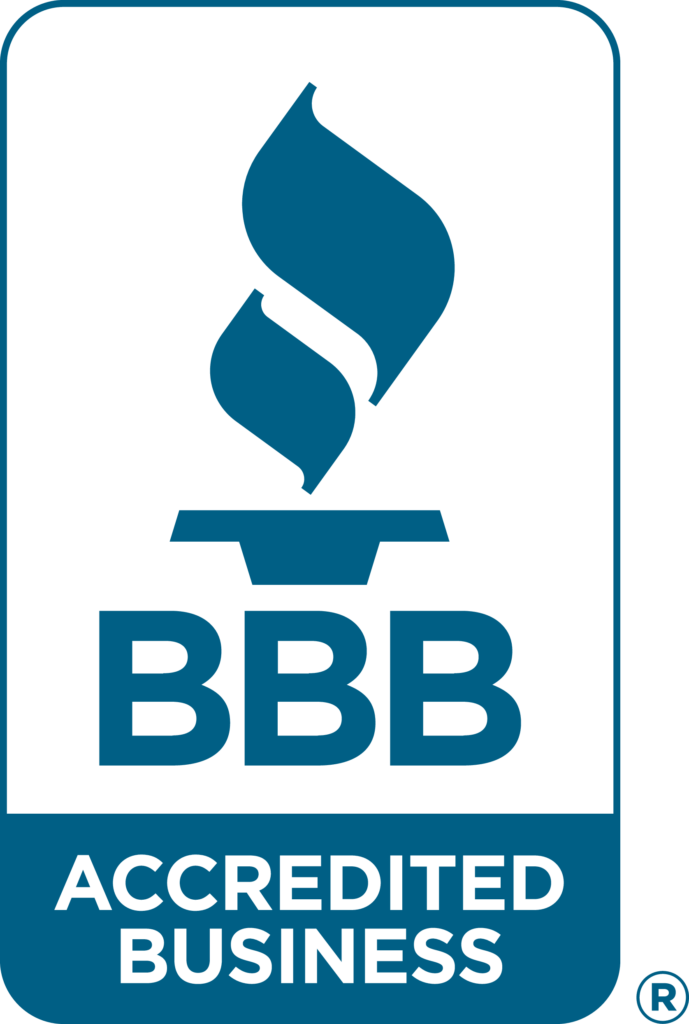Mold in your bathroom isn’t just unsightly; it’s a potential hazard that can cause a multitude of health problems, including respiratory problems. If you’re a homeowner or business owner in Pasadena, California, understanding the importance of mold removal is crucial. In this blog post, we’ll delve deep into the world of Pasadena bathroom mold removal and how you can transform your bathroom from a mold-infested space to a clean oasis.
Highlights:
- Always opt for a free mold inspection if you suspect mold growth in your bathroom.
- Address any water damage immediately to prevent mold problems in the future.
- Ensure your bathroom is adequately ventilated to reduce humidity and prevent mold growth.
- Get professional mold remediation services in Pasadena, CA, for the best results.
Why is Mold in the Bathroom a Problem?
The presence of mold in bathrooms is a concern that shouldn’t be overlooked, and here’s a deeper dive into why:
1. Respiratory Problems:
Mold spores, when dispersed into the air and inhaled, can pose significant health risks. People with allergies, asthma, or compromised immune systems are particularly susceptible. The inhalation of these spores can lead to various respiratory complications:
- Aggravation of Asthma: Asthmatic individuals can experience more frequent attacks.
- Allergic Reactions: Apart from common symptoms like sneezing and a runny nose, some might develop chronic sinusitis or other persistent conditions.
- Respiratory Infections: Over time, continuous exposure can lead to infections in the lungs and other respiratory tract areas.
2. Mold Growth:
The intrinsic nature of bathrooms—with their steamy showers and often insufficient ventilation—creates a breeding ground for mold:
- Aesthetic Concerns: Mold, with its unsightly appearance, can turn a sparkling bathroom into a dingy space. The discoloration and patches can be particularly hard to remove from grout and silicone sealants.
- Structural Integrity: Beyond the surface, mold can infiltrate porous materials like wood and drywall. As it grows, it compromises the integrity of these materials, making them soft, brittle, or rotten.
- Spread to Other Areas: If not addressed, mold from the bathroom can find its way to adjacent rooms, using walls and ceilings as its conduit.
3. Mold Damage:
The ramifications of untreated mold go beyond immediate health and aesthetic concerns:
- Property Degradation: Over time, mold can deteriorate various construction materials, leading to a loss of property value and a potential decrease in the structural free from harmty of the building.
- Financial Strain: Repairing mold-inflicted damages isn’t just about cleaning. It can require the replacement of affected structures like walls, floorboards, or tiles. The longer mold is left unchecked, the more costly the subsequent restoration becomes.
- Odor Issues: Mold brings with it a musty, unpleasant odor. This smell can permeate throughout the home or office, making the environment uncomfortable and unwelcoming.
In short, recognizing and addressing bathroom mold promptly is essential. It’s not just a matter of maintaining a pleasant bathroom space, but also ensuring the overall health, free from harmty, and longevity of the entire property.
What Causes Mold in the Bathroom?
Bathrooms, by their very nature, are often the most vulnerable spaces in our homes to mold infestation. But what specific factors come together to create this perfect storm for mold growth? Here’s an expanded look:
1. Humidity and Moisture:
Every time you take a hot shower or bath, the steam generated increases the humidity levels in the bathroom without proper ventilation. Unlike other rooms, bathrooms retain water on various surfaces like walls, tiles, and floors. This persistent moisture is a prime breeding ground for mold.
- Residual Water: Puddles of water, perhaps from a post-shower splash or an overflowing sink, can remain on bathroom floors or countertops for extended periods, especially if not wiped away promptly.
2. Lack of Ventilation:
Proper airflow is a crucial deterrent to mold growth, but many bathrooms lack efficient ventilation systems:
- Trapped Steam: Without adequate ventilation, steam from showers or baths has nowhere to go, causing it to settle on walls, ceilings, and other surfaces.
- Stagnant Air: Inadequately ventilated bathrooms also tend to trap stale air, which can further promote the growth of mold and intensify its musty smell.
3. Leaky Pipes and Faucets:
Unnoticed leaks can be silent culprits:
- Hidden Moisture: Leaks behind walls or under sinks can go unnoticed for long periods. This continuous source of moisture creates a haven for mold.
- Drip Accumulation: Even minor drips from a faulty faucet can accumulate over time, creating persistent wet spots ideal for mold propagation.
4. Improper Water Damage Restoration:
Past incidents of significant water damage, if not addressed properly, can have lasting implications and will require extensive water damage restoration if left untreated for too long. These implications are:
- Trapped Moisture: When areas affected by water damage aren’t dried adequately, they can trap moisture. This residual dampness becomes a focal point for mold.
- Compromised Materials: Water-damaged materials, like drywall or wood, might weaken and become more porous, making them more susceptible to mold infiltration.
5. Infrequent or Inadequate Cleaning:
A bathroom that isn’t cleaned regularly can accumulate soap scum, body oils, and other organic residues:
- Nutrient Source for Mold: Such residues can offer mold spores the nutrients they need to grow and multiply.
- Build-up in Nooks and Crannies: Grout lines, shower corners, and areas behind fixtures can harbor mold, especially if they aren’t cleaned frequently.
In essence, while the bathroom is naturally prone for mold to grow due to its humid environment, many factors can exacerbate this tendency. Being aware of these causes and actively mitigating them is the first step in ensuring a clean bathroom sanctuary.
The Process of Pasadena Bathroom Mold Removal
- Mold Testing: It’s essential to begin with mold testing in Pasadena to determine the type and extent of the mold infestation.
- Mold Inspection: Comprehensive mold inspection services identify affected areas in your bathroom.
- Mold Removal Process: Employing the latest techniques, such as dry-fog removal, professionals can effectively remove mold, ensuring the affected areas are clear of infestation.
- Restoration: After mold remediation services, restoring your bathroom to its original state is the final step.
Professional Mold Removal in Pasadena
It’s highly recommended to enlist the services of professional mold removal in Pasadena. DIY methods might seem tempting, but professionals possess the expertise and equipment to address mold issues efficiently. Here are some reasons:
- Thoroughness: Professionals ensure that all mold spores are removed, preventing recurrence.
- Expertise: They can distinguish between types of mold, including black mold, and choose the most effective removal method.
- Time-Efficient: A professional team can handle the mold removal process swiftly, causing minimal disruption to your routine.
Need mold removed from your bathroom? Don’t wait any longer, call us now at (626) 671-8885 for a free inspection
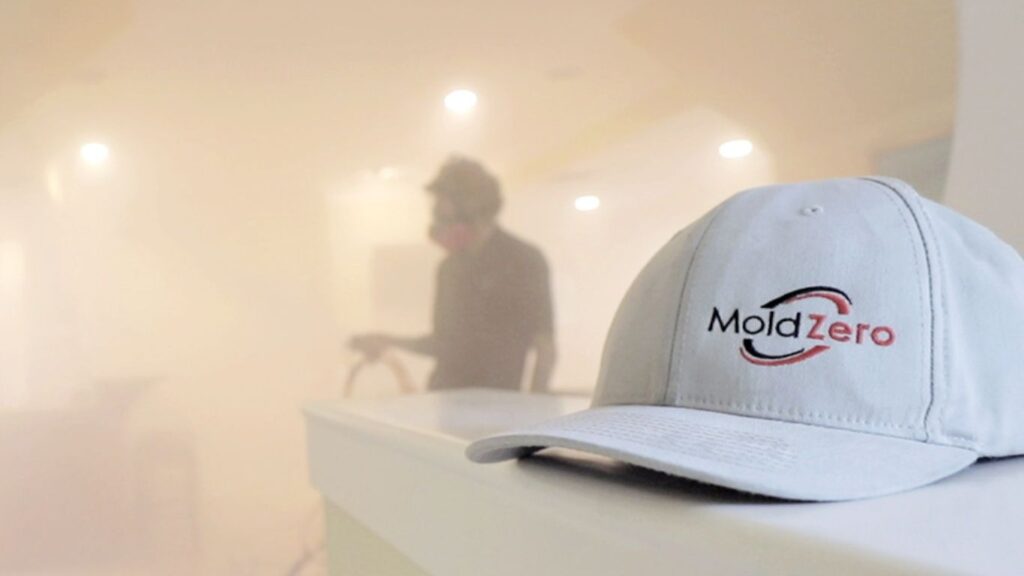
Commercial Mold Removal
For business owners, commercial mold removal is vital. A business space must be kept in top shape for both employees and customers. Poor indoor air quality resulting from mold can affect the health of those using the space and may tarnish the reputation of the business.
Preventive Measures
To keep mold from invading your living spaces, it’s essential to emphasize these mold prevention strategies. Start with ensuring that key areas like bathrooms, basements, and kitchens have proper ventilation. The use of exhaust fans and occasionally opening windows can make a difference. Regular cleaning is another crucial step, as mold can proliferate quickly if given a chance. Target corners, tiles, and any regions that tend to retain moisture. For damp spaces, particularly basements, investing in a dehumidifier can regulate humidity levels, thwarting mold growth.
Types of Mold
Mold comes in various forms, each with unique characteristics. Black mold, for instance, can release mycotoxins that are harmful when inhaled. White mold, often spotted on wooden fixtures, can lead to wood rot if left untreated. Green mold is a frequent uninvited guest on food items and can multiply swiftly if not addressed.
Read More: A Black Mold Guide You Didn’t Want to Read
Mold in Other Parts of the Home
While bathrooms are notorious for mold growth, other parts of the home aren’t immune. Basements, with their tendency towards dampness, can be ideal mold breeding grounds. Attics, especially those with inadequate ventilation, can see mold proliferation, especially after persistent rains. Kitchens, too, aren’t spared, with regions around sinks and behind appliances being typical mold hotspots.
Cost Implications:
Neglecting mold growth doesn’t only jeopardize health but also finances. As mold sets in, it can inflict property damage, weakening structural elements and necessitating pricey repairs. Furthermore, when it’s time to sell, a mold-infested home might see a notable dip in market value.
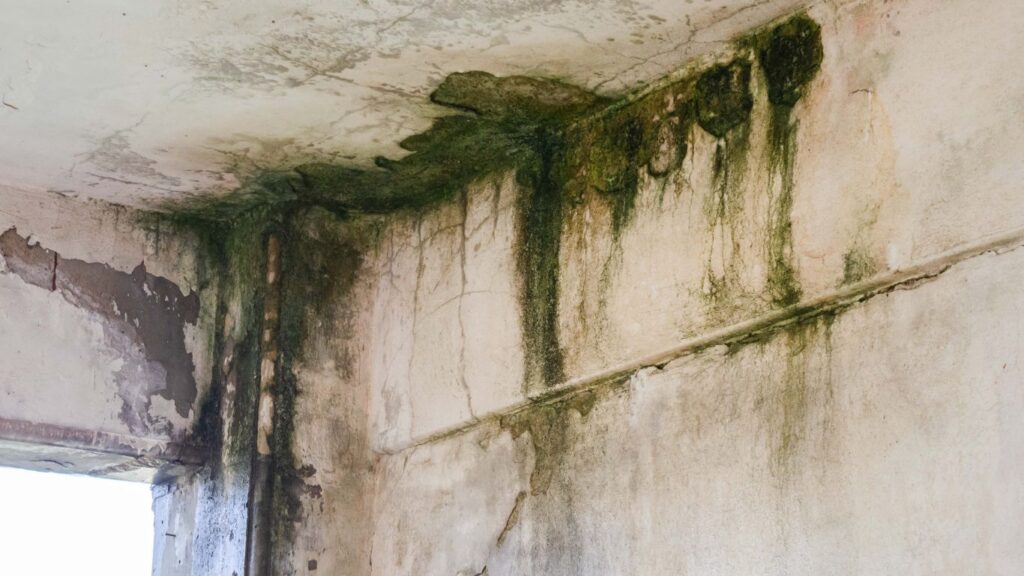
Mold and Real Estate
Mold can add complexity to real estate transactions. Buyers usually lean on home inspectors who can promptly flag mold-related concerns. Sellers, on their part, are often bound by law to disclose any known mold problems. Consequently, mold can become a significant negotiating point. This might lead to adjusted sale prices or introduce additional repair requirements in the transaction terms.
Building Materials and Mold Resistance
For those considering renovations or fresh constructions, opting for mold-resistant materials can be a game-changer. Moisture-resistant drywall is worth considering, especially for areas like bathrooms and basements. Tiles, inherently resistant to mold, are great fits for wet areas like kitchens and bathrooms. Moreover, applying mold-resistant sealants on wood can help in keeping mold at bay.
Mold-Related Regulations:
Mold-related regulations can be quite regional. Still, there are some common threads. For instance, many regions mandate sellers to disclose mold issues during property transactions. On the commercial front, businesses often need to navigate stricter mold guidelines, ensuring their premises remain free from harm and clean for both customers and employees.
In conclusion, understanding mold, its risks, preventive strategies, and related regulations is indispensable for homeowners, business owners, and potential property buyers. Stay informed and make health-conscious decisions for your living and working environments.
Schedule Your Free Inspection Today!
Concerned about mold in your home or office? Don’t wait. Get ahead of potential issues and ensure a free from harm environment. Call us now at (626) 671-8885 for a free inspection or simply fill out our online form. Act now for peace of mind. Your health and property deserve the best care. We’re here to help!
